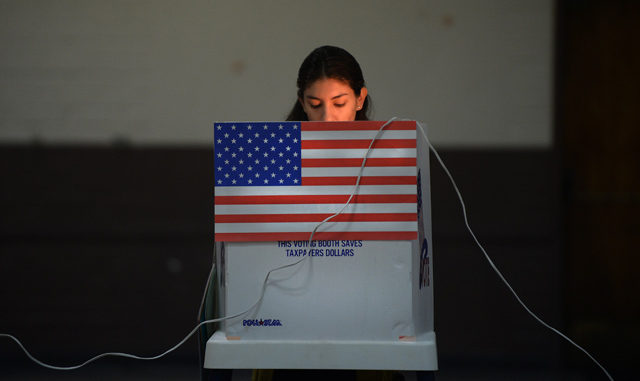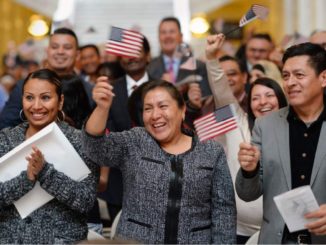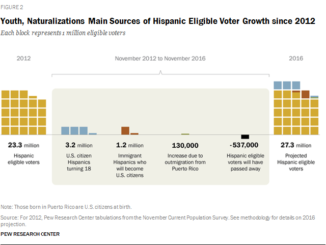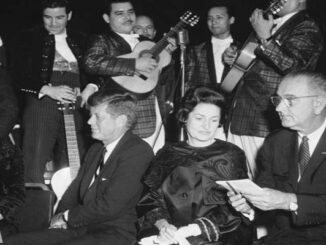
by Alexia Fernández Campbell
Republicans and Democrats looking for voters in 2016? Every 30 seconds, a Latino turns 18 and becomes eligible to vote. That’s about 66,000 every month, or 800,000 every year, according to the Pew Research Center.
Latino millennials represent an untapped voting bloc for Democrats and Republicans alike. They are growing faster than other ethnic groups and are mostly American citizens. They are more likely to be bilingual and more likely to use mobile technology.
“Reaching them through a mobile app or mobile-friendly process is so important. You have to meet them where they are,” says Sindy Benavides, director of civic engagement and community mobilization for the League of United Latin American Citizens, also known as LULAC.
There’s just one big hurdle: Latino youth have the lowest rates of voter registration and voter turnout, making them the most “civically alienated” group of young people, according to the Center for Information & Research on Civic Learning & Engagement, known as CIRCLE.
Young Latinos, between 18 and 29 years old, reported being too busy or unavailable as the main reason for not voting in the 2012 elections, according to a CIRCLE report released last year. A large number of those surveyed said they didn’t cast a ballot because they felt it wouldn’t make a difference. During the 2014 midterm elections, only 8 percent of voters were Latino, according to exit-poll data from the National Election Pool.
This is a problem that many groups are trying to tackle. LULAC sponsors voter-registration drives on college campuses. And it is developing an app to register voters.
Aggressive voter-registration drives in Latino neighborhoods have proved successful in recent years. Between 2008 and 2012, the number of young Latinos registered to vote increased from 47 percent to 49 percent, while it decreased among whites, blacks, and Asians.
“It’s not where it needs to be, but it’s dramatic enough that both political parties acknowledge that the Latino vote is crucial,” says José Calderón, president of the Hispanic Federation, which represents hundreds of nonprofit organizations that provide social services to Latinos.
The federation has looked at the most effective ways to encourage Latinos to get to the polls, and has found that one-on-one conversations with trusted social workers make a huge difference. The federation trains staff at community centers on how to talk to their clients about the importance of voting on issues that affect them, whether they are seeking health care or child care.
Both Democrats and Republicans have an opportunity to reach these new voters, even though they historically vote Democratic, says Calderón. Republicans, who have struggled in recent years to win the Latino vote, need to understand that the U.S. is a different country today than it was 50 years ago, he says.
“Young people have had the great benefit of being part of a more diverse America than their parents,” Calderón says. “Unless Republicans can speak to that, they are going to have a hard time engaging this constituency.”
Here are four ways to engage Latino millennials, according to CIRCLE:
- Engage them in conversations about public issues, as they are more likely than other groups to want to talk about it.
- Latino youth report feeling disempowered about the impact of their vote. Connect them to groups and activities that show them how their votes translate beyond the ballot box.
- Expand voter-registration drives off college campuses, as Latinos are the least likely group to attend college.
- Provide concrete information on how and where to register to vote, preferably through direct, interpersonal contact.
Alexia Fernández Campbell writes about immigration and demographics for National Journal‘s Next America project.



